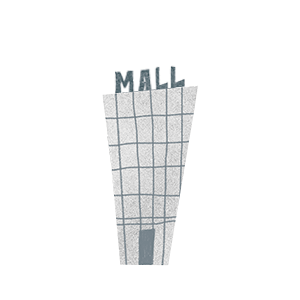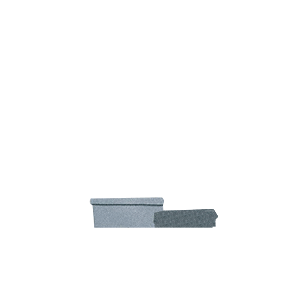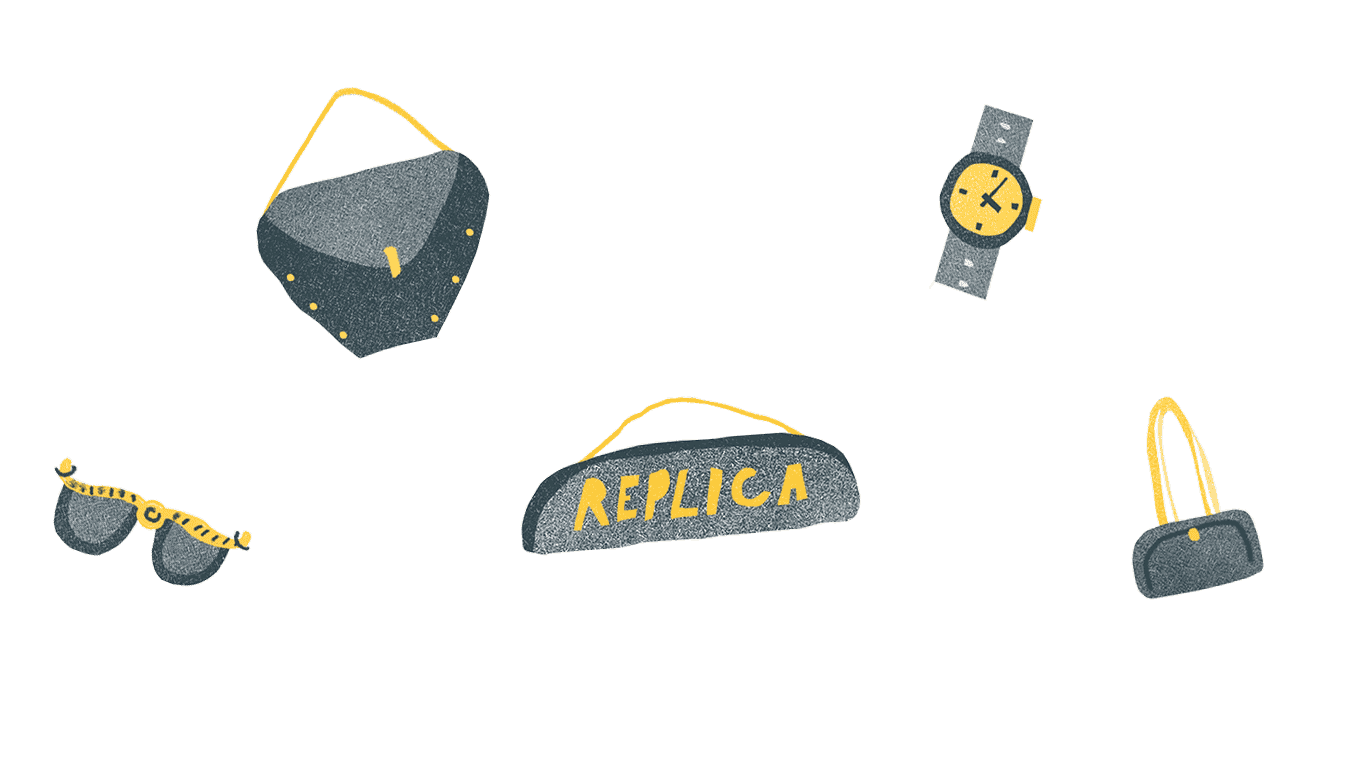According to Trends in Trade in Counterfeited and Pirated Goods, Illicit Trade, a study issued by the Organization for Economic Co-operation and Development (OECD) and the European Union Intellectual Property Office (EUIPO), the share of counterfeit and pirated goods grew and amounted to 3.3% of world trade ($509 bn) in 2016, compared to 2.5% ($461 bn) in 2013. The authors of the report urged market participants to focus their utmost attention on the problem. It is good advice, but it requires certain practical knowledge and skills to implement.

Fight for the present
TIPS FROM BRANDMONITOR
What you can do to defend your own brand on the Internet
According to survey respondents, it would be easy to find alternative retail outlets should the usual shops stop selling fake luxury items. To summarize the responses, it appears that consumers are aware of the ubiquity of counterfeit goods and the variety of their distribution channels. However, brand owners are not without the means to greatly reduce the damage inflicted by counterfeiters.
We suggest dividing such a process into several steps.
The Internet is teeming with ads for fakes, so much so that it appears that there are countless sellers of counterfeits. However, their actual number is not so big.
Your first step in fighting against counterfeiters is to identify the 'clusters' related to one particular bad actor. Just organize the contact information of the offenders in a table by entering their telephone numbers, email addresses, account names, legal names of the limited liability companies or registered private entrepreneurs, and domain name owners. There are web services that can help you establish affiliations between the contacts.
Your first step in fighting against counterfeiters is to identify the 'clusters' related to one particular bad actor. Just organize the contact information of the offenders in a table by entering their telephone numbers, email addresses, account names, legal names of the limited liability companies or registered private entrepreneurs, and domain name owners. There are web services that can help you establish affiliations between the contacts.
All of the above will help you estimate the size of the given cluster: the bigger it is the more efforts and finances were invested in setting up this illegal business. And all the more effective will be your attack against it.
This seller operates on the Internet. They can always be found on social networks, online marketplaces, and dedicated websites.
With no presence in warehouses or showrooms, their goods are delivered by couriers. They normally deal in items that do not need to be tried on and often make no secret of their goods' illicit provenance. They fish for customers by boosting traffic to their websites, using contextual advertising and ads on social networks and online marketplaces.
With no presence in warehouses or showrooms, their goods are delivered by couriers. They normally deal in items that do not need to be tried on and often make no secret of their goods' illicit provenance. They fish for customers by boosting traffic to their websites, using contextual advertising and ads on social networks and online marketplaces.
Stifle traffic by any means possible: block their ads, force closures of their accounts on marketplaces and social network groups. Without traffic, they cannot achieve new clicks and sales. If you as the brand owner keep applying enough pressure, the offending online sellers may decide it would be easier for them to give up your brand and turn their attention to other goods and brands instead.
Their advertising is aimed at luring a customer to the seller's showroom where they are offered good coffee and counterfeit luxury goods. As a rule, such sellers don't mind telling you that their items are copies and replicas, attracting customers with low prices and the opportunity to try things out before purchasing.
No need to block their social network accounts and websites in a rush. Illicit showrooms will doggedly hold on to their selected brands.
To cause them real damage, it is important to initiate police raids. Ads for such showrooms often cite their real address. Use the seller's contact details and arrange an 'appointment' at the real location.
Visit the showroom and find out about its operation: what brands they are selling, the size of their warehouse inventory, the seller's legal information. Make a test purchase and hand over all materials to the police so that they can prepare a raid. Only then should you move on to blocking the seller's website.
Once the cluster is detected, it's time to find out what type of seller you are dealing with. Their type defines how you can fight back. Let us look at the main types of offending sellers.
can sell goods in the amount equal to the total inventory of 50 warehouses if they sell at least one pair of sneakers a month
Wholesalers operate offline, using the Internet merely to look for small wholesale partners. They normally set up so-called 'business card' websites, displaying their contact information.
Do not block websites or ads with their contact details lest you lose the only way of tracing the wholesaler. On the contrary, use the contact information to identify the warehouse for a subsequent police raid. Gain the wholesaler's trust in order to find out the location of their warehouse.
Trust will normally be established once you have purchased two or three consignments. Sellers of this kind know too well that they are breaking the law, so they act conspiratorially and tend to be very careful.
Trust will normally be established once you have purchased two or three consignments. Sellers of this kind know too well that they are breaking the law, so they act conspiratorially and tend to be very careful.

Their website as such is of little value to them. Buyers look for them specifically and will keep scrolling down search results until they find the right site.

2000 shops
a seller who supplies their goods to businesses for further sale to retail customers
Wholesaler
Online retailer
Your strategy
Showroom
Your strategy
Wholesaler
Your strategy
small business owners – proprietors of small shops, showrooms, and kiosks.
Wholesalers' customers
is a space for displaying clothing, footwear, and accessories
Showroom
The number of illegally operating sellers is not limitless, but sometimes there are too many to deal with at the same time. Sporadic and unsystematic actions will cost you too much money and effort. But as soon as you have analyzed the threat posed by each such bad actor, you can deal a targeted blow and achieve perceptible results.
For example, you have identified an online shop and a 'business card' website, both of which reveal that they trade in fake versions of your goods.
You may decide at first to focus your efforts on taking down that big shop: it seems to attract more customers, offers a bigger selection of goods, and has the overall look of a luxury department store compared to a humble kiosk. However, analysis of the seller's online presence may show a totally different picture.
You may discover that the unassuming 'business card' website is one of many managed from a single 'command center' controlling dozens of other accounts on online marketplaces and a host of social network groups. Such illicit trade clusters are normally supported by numerous advertising campaigns, aimed at attracting thousands of consumers to various sales channels.
By following these simple steps you can launch an effective battle against counterfeits on the Internet. The proposed method will save you time and money, as well as help you feel confident that you can win this battle as long as you keep putting pressure on the offenders.

Writer:
Designer:
Angelina Levina
Anna Ilyina
Illustrator:
Ilya Kutovoy
IDENTIFY THE CLUSTERS OF OFFENDERS
ASSESS THE THREAT LEVEL

